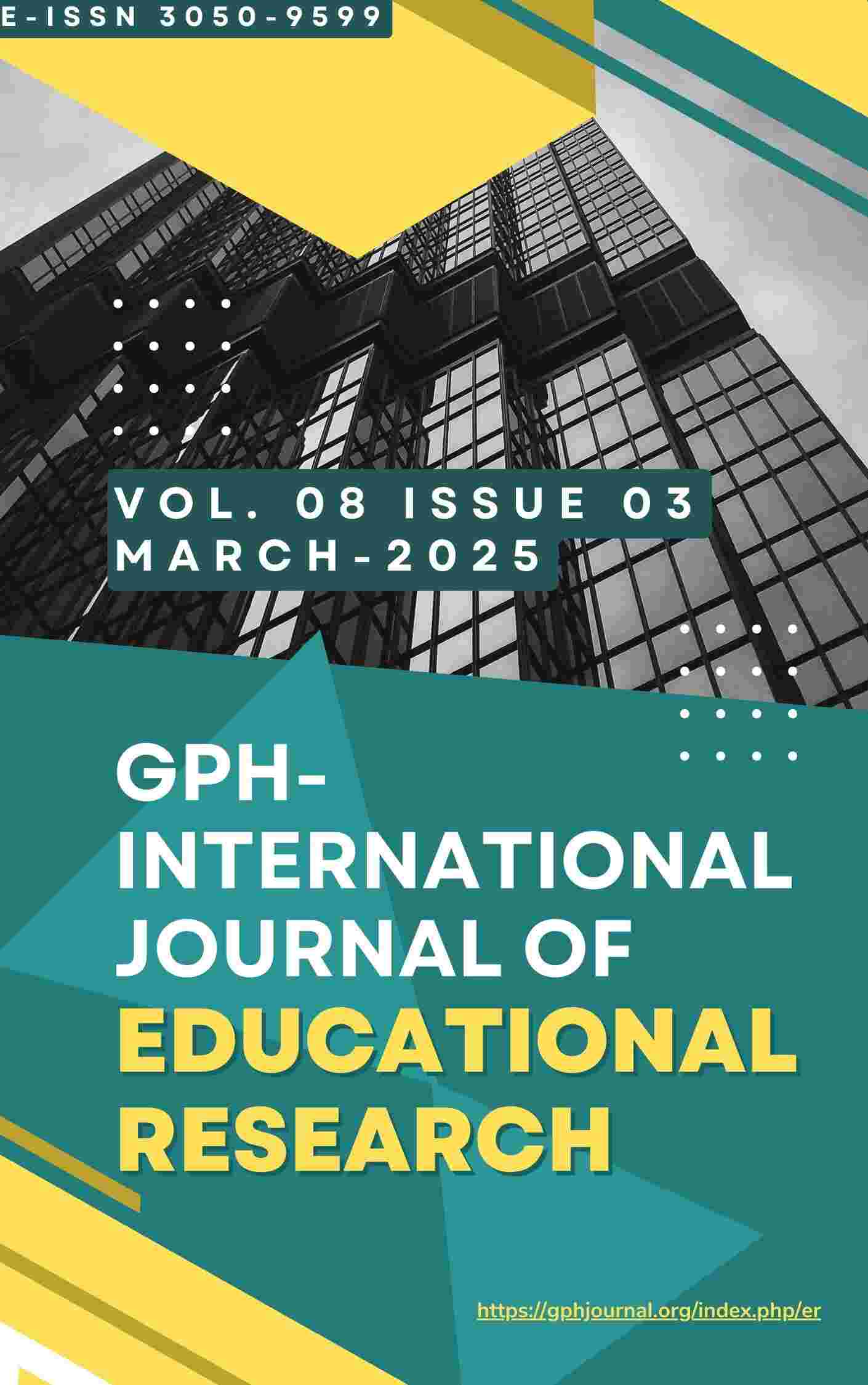Research on the Matching of Specialty Setting and Industry Demand in Higher Vocational Education
Abstract
This study aims to explore the degree of alignment between vocational education program offerings and current industry demands, in order to promote the effective use of educational resources and the close integration of industrial development. By summarizing the current status of vocational education program offerings and outlining the specific talent needs in various industry sectors, this paper constructs an evaluation framework to assess the degree of match between program offerings and industry demands. Based on comparative analysis, it reveals the problems and causes within the current vocational education program offerings. Through empirical research, this study uncovers the specific manifestations of inadequate alignment between vocational education and industry demands, as well as the consequent waste of educational resources and insufficient talent supply. Building on this, the research puts forward strategies and recommendations for optimizing vocational education program offerings to enhance educational quality and the relevance of talent cultivation.
Downloads
References
Biomechanics, A. B. (2023). Retracted: Correlation between the Quality of Talent Training and Regional Economic Development Based on Multivariate Statistical Analysis Model.
Wang, Y., & Wang, Y. (2012). Education in a changing world: Flexibility, skills, and employability (Vol. 69104). Washington, DC: World Bank.
Watters, J., Pillay, H., & Flynn, M. (2016). Industry-school partnerships: A strategy to enhance education and training opportunities.
Taylor, I. (1997). Developing learning in professional education: Partnerships for practice. McGraw-Hill Education (UK).
Li, L., & Tsai, S. B. (2022). An Empirical Study on the Precise Employment Situation‐Oriented Analysis of Digital‐Driven Talents with Big Data Analysis. Mathematical Problems in Engineering, 2022(1), 8758898.
Yan, H. U. (2016). Talent training approach and training program oriented adaptive demand for cross-border electricity suppliers. International Journal of Simulation--Systems, Science & Technology, 17(40).
Solomon, P. G. (Ed.). (2009). The curriculum bridge: From standards to actual classroom practice. Corwin Press.
Swanson, C. B. (2004). Who graduates? Who doesn’t. Urban Institute, February.
National Academies of Sciences, Medicine, Division of Behavioral, Social Sciences, Policy, Global Affairs, ... & Certification Pathways. (2017). Building America's skilled technical workforce. National Academies Press.
Gotidoc, J. (2012). An Assessment of Industry Demand for Technicians and Skilled Workers. Philippine Review of Economics (Online ISSN 2984-8156), 8(1).
Smith, K. N., & Green, D. K. (2021). Employer internship recruiting on college campuses:‘the right pipeline for our funnel’. Journal of Education and Work, 34(4), 572-589.
Heckler, D. E. (2005). High-technology employment: a NAICS-based update. Monthly Lab. Rev., 128, 57.
Trauth, E. M., Farwell, D. W., & Lee, D. (1993). The IS expectation gap: Industry expectations versus academic preparation. Mis Quarterly, 293-307.
Author(s) and co-author(s) jointly and severally represent and warrant that the Article is original with the author(s) and does not infringe any copyright or violate any other right of any third parties, and that the Article has not been published elsewhere. Author(s) agree to the terms that the Global Publication House will have the full right to remove the published article on any misconduct found in the published article.























